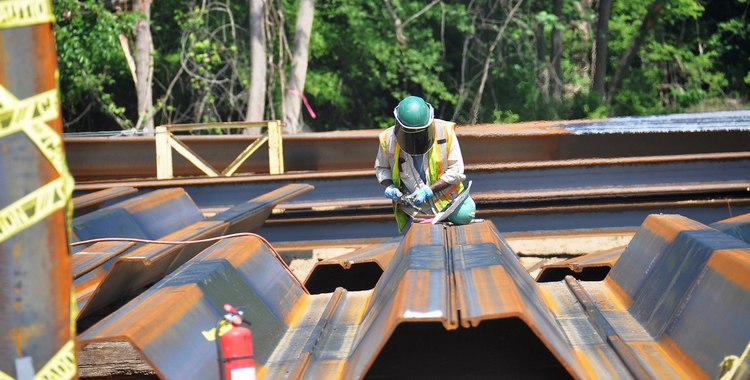
The US economy added jobs at a moderate pace last month, continuing a record nine-year streak of month-on-month job gains.
Non-farm employment rose by 164,000 jobs after an upwardly revised 135,000 in March, according to the Bureau of Labor Statistics. April’s job growth was below economists’ expectations for a gain of 193,000.
Revisions to prior reports added a total of 30,000 jobs to payrolls in the previous two months, resulting in a three-month average of 208,000.
The unemployment rate fell to 3.9 per cent last month, the lowest since December 2000, after six months at 4.1 per cent. The jobless rate moved further below Federal Reserve officials’ estimates of levels sustainable in the long run.
People working part-time for economic reasons fell by 34,000 to 4.99 million. The U-6, or the underemployment rate, fell to 7.8 per cent from 8 per cent. The gauge includes part-time workers who’d prefer a full-time position and those who want a job but aren’t actively looking for work.
The drop in the unemployment rate may be partly explained by a contraction in the labour force (data showed that 236,000 Americans exited the labour force in April). The labour-force participation rate – the percentage of people who are currently employed or in search of a job – fell for the second straight month to 62.8 per cent. The rate is near the lowest level recorded since the 1970s.
Professional and business services added 54,000 jobs. Factories remained a bright spot, adding 24,000 workers to payrolls. Construction companies created 17,000 positions. The sector rebounded from a decline in March that may have been impacted by weather.
Average hourly earnings grew 2.6 per cent year-on-year, steady from March. That was below the 2.7 per cent rate economists had forecast. The slower-than-expected wage growth should cool investors’ fears of out-of-control inflation (the personal consumption expenditures price index, excluding food and energy, rose 1.9 per cent in March from a year earlier, up from 1.6 per cent the previous month).
The average work week for all private employees was unchanged, at 34.5 hours.
The Federal Reserve is on track to raise interest rates in June for the second time this year and potentially one more time after that in 2018. The central bank’s key rate is currently at 1.5-1.75 per cent. A year-over-year increase of 3 percent in hourly earnings could prompt the Fed to raise rates more aggressively to prevent the economy from overheating.
Economic growth is expected to rebound in the current quarter after a slowdown in the first three months of the year as Republican-led tax cuts, coupled with increased limits on public spending, are set to add fuel to the economy.
U.S. Army Corps of Engineers photo by Billy Birdwell